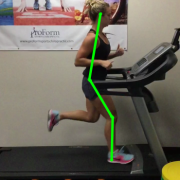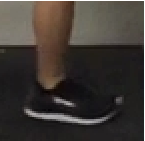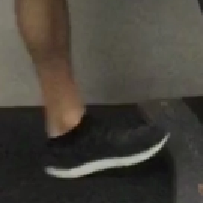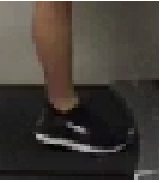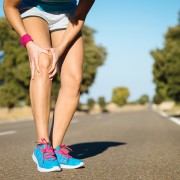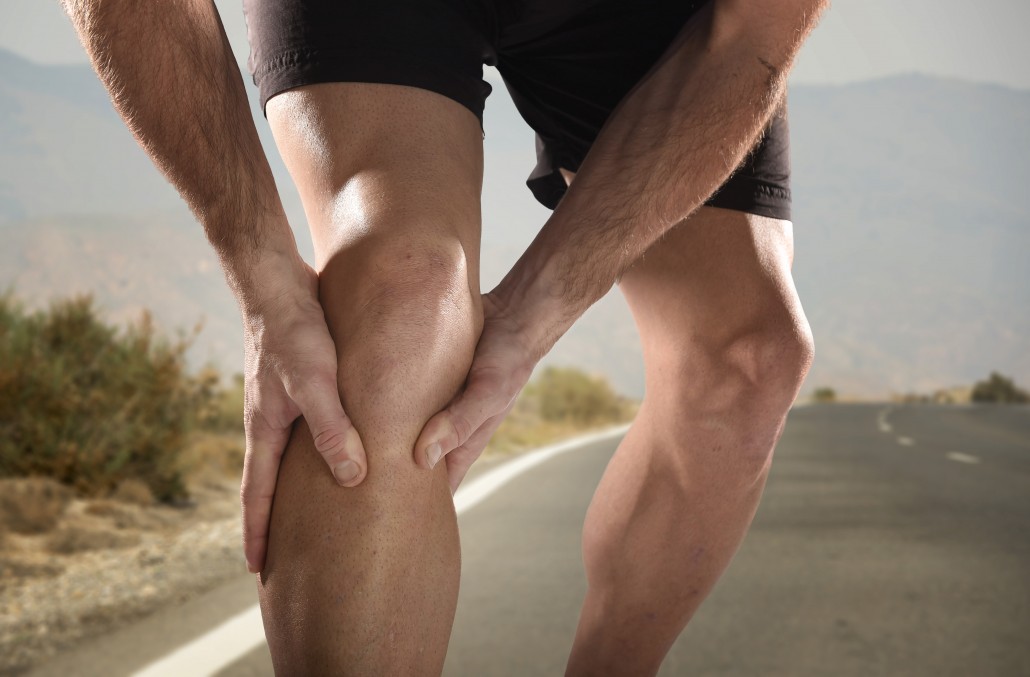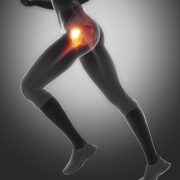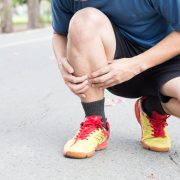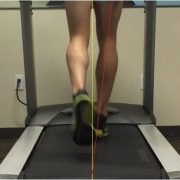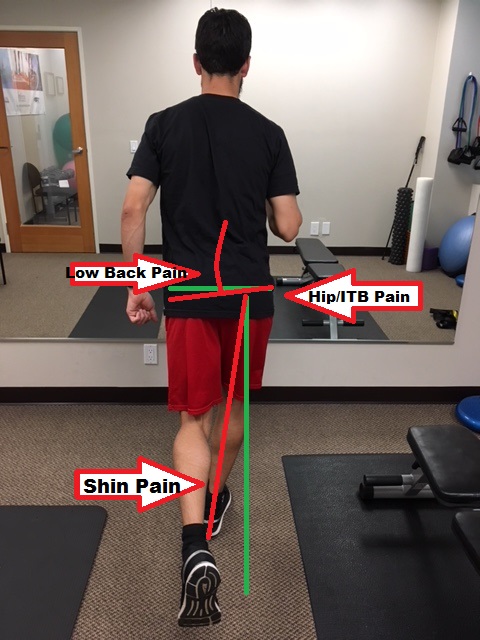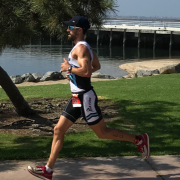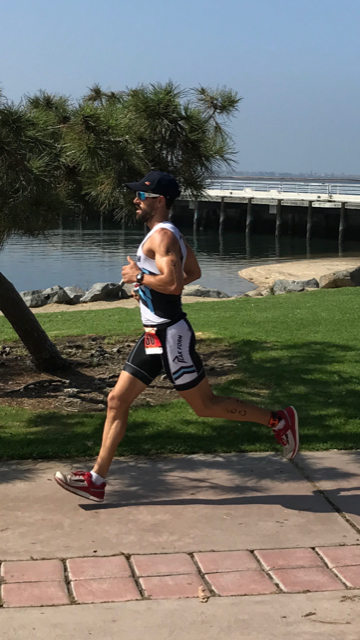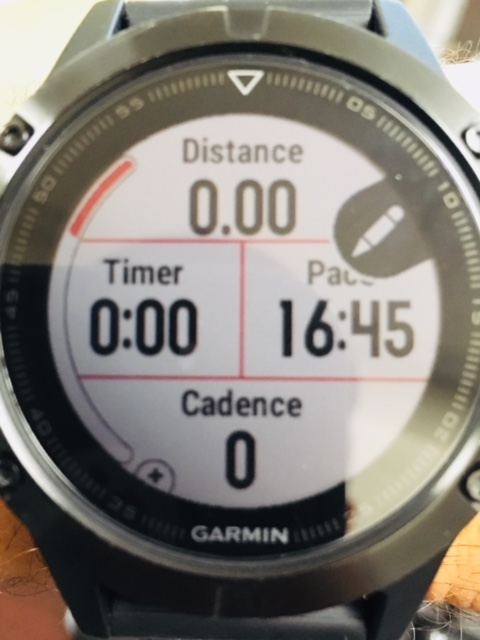Which Foot Strike is Best for Running?
Which Foot Strike is Best for Running?
There is some debate as to which foot strike is best for running. Forefoot striking has been given a lot of attention due to the book “Born to Run” and the research by Dr. Daniel Lieberman of Harvard University. Essentially, it was found that natural runners (runners who run their whole lives) run with more of a forefoot strike which was also shown to decrease force at initial foot strike. These facts led to the conclusion that forefoot striking is the best way to run and prevent injury. Many people began forcing themselves to run forefoot, or run barefoot which helped produce a forefoot strike naturally. Many people also found themselves severely injured due to the excessive strain on the Achilles Tendon, metatarsal bones, and plantar fascia!
Drastically changing the style in which you run is a major risk factor for injury. Is it possible to run as a fore foot striker? Absolutely! But if you were a habitual heel striker and then over night performed all of your mileage as a forefoot striker, you are asking for an injury. Any time you make change to your running form, it should be done gradually over weeks and months so your body has time to adapt and become stronger with the new style.
So Which Foot Strike is Best for Running?!?
There are three types of foot strikes with many variations between the three. Here is the answer, any and all foot strikes can be best for running! There are other more important aspects of running that must be dialed in and in most cases, how your foot strikes the ground is not a huge concern. Where the foot lands in relation to your body is a more important area to address. If the foot is landing far away from your body, when the foot lands, a “braking” force will press back against your body, making you less efficient. This will ultimately cause fatigue, muscle soreness, and potentially lead to injury.
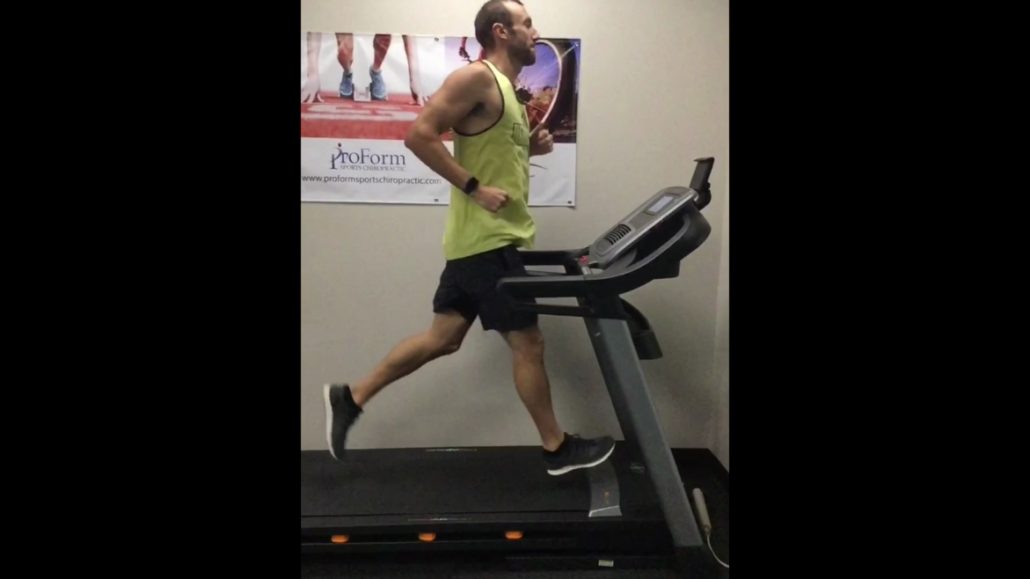
Runner allowing foot to travel too far forward. Will land with “braking” force against body.
If you work on landing your foot closer to your body, you maintain forward momentum much more easily, thus making you a more efficient runner! It is also less jarring to your muscles and joints so it can prevent injury. So how does one land closer to the body? Many times runners need to work on taking smaller steps and usually the easiest way to do this is to increase cadence. Normal cadence is a range from 170-190 steps per minute (regardless of how fast you are running). By upping the cadence, you are forced to take smaller steps resulting in a foot strike closer to the body.
Adjusting to a faster cadence takes time. Read our article here to learn about ways to practice increasing your cadence. Some runners say, “It doesn’t feel natural to run with a faster cadence.” or “I just don’t feel like it works for me.”. Increasing cadence does not have to be a permanent fixture to your running form! However, performing higher cadence drills will retrain your body to take those smaller steps. So after weeks and months of practice, you will naturally get the feel for where the foot should land which is closer to your body. Then you can essentially run at whatever cadence feels comfortable now that the smaller steps are built into your muscle memory.
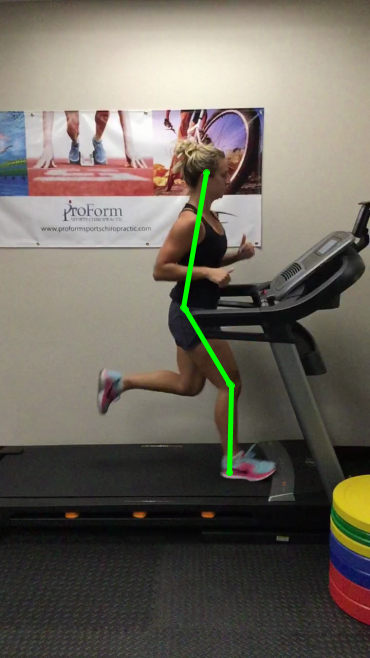
Landing with foot close to body, maintaining forward momentum.
One More Time… Which Foot Strike is Best for Running?!?!?!?!
Ok, I will pick a side, sort of. First, work on the above mentioned techniques to improve where your foot lands. Now, in general, an excessive heel strike, or an excessive forefoot strike can lead to injury. So trying to land more mid foot or a slight heel strike or a slight forefoot strike will likely make you a more efficient, healthier runner. What is an excessive heel strike or an excessive forefoot strike? There is not an exact measurement or anything along those lines. But if a runner demonstrates either type of foot strike during our running gait analysis and it is corroborated with the symptoms they are presenting with or and injury they have, then we determine it is excessive and try to reduce that type of excessive strike (forefoot or heel).
Other Helpful Information on Foot Strike
Check the wear pattern on your shoes. If you notice your heel is significantly worn compared to the rest of the sole of your shoe, then you are likely excessively heel striking. On the bottom of the shoe, look at the sides. Is there more wear on the outer part of the sole, more on the inner? That can signify excessive tilting of the foot when your foot hits the ground. This can also cause issues with your gait and result in injury.
Conclusion
I hope this article was helpful at explaining that there isn’t a foot strike that is best for running. If you are suffering from running related injury, or have recurring symptoms, schedule an appointment with chiropractors today. We treat all types of running related injuries. We will perform a thorough history and evaluation and begin treatment right away (unless further imaging is required). Our running gait analysis program is another tool that we use. It helps identify common biomechanical inefficiencies that lead to poor running form and increase chance of injury. Check out one of our run gait analysis videos here. Our chiropractic office is conveniently located in Mission Valley, San Diego. We are near the neighborhoods of Serra Mesa, La Jolla, Sorrento Valley, UTC, Mira Mesa, Clairemont Mesa, Poway, and Scripps Ranch!
___________
Dr. Travis and Kevin Rose are avid runners and triathletes. Dr. Rose is a certified running healthcare provider through The Running Clinic, the premier source for running injury information.

